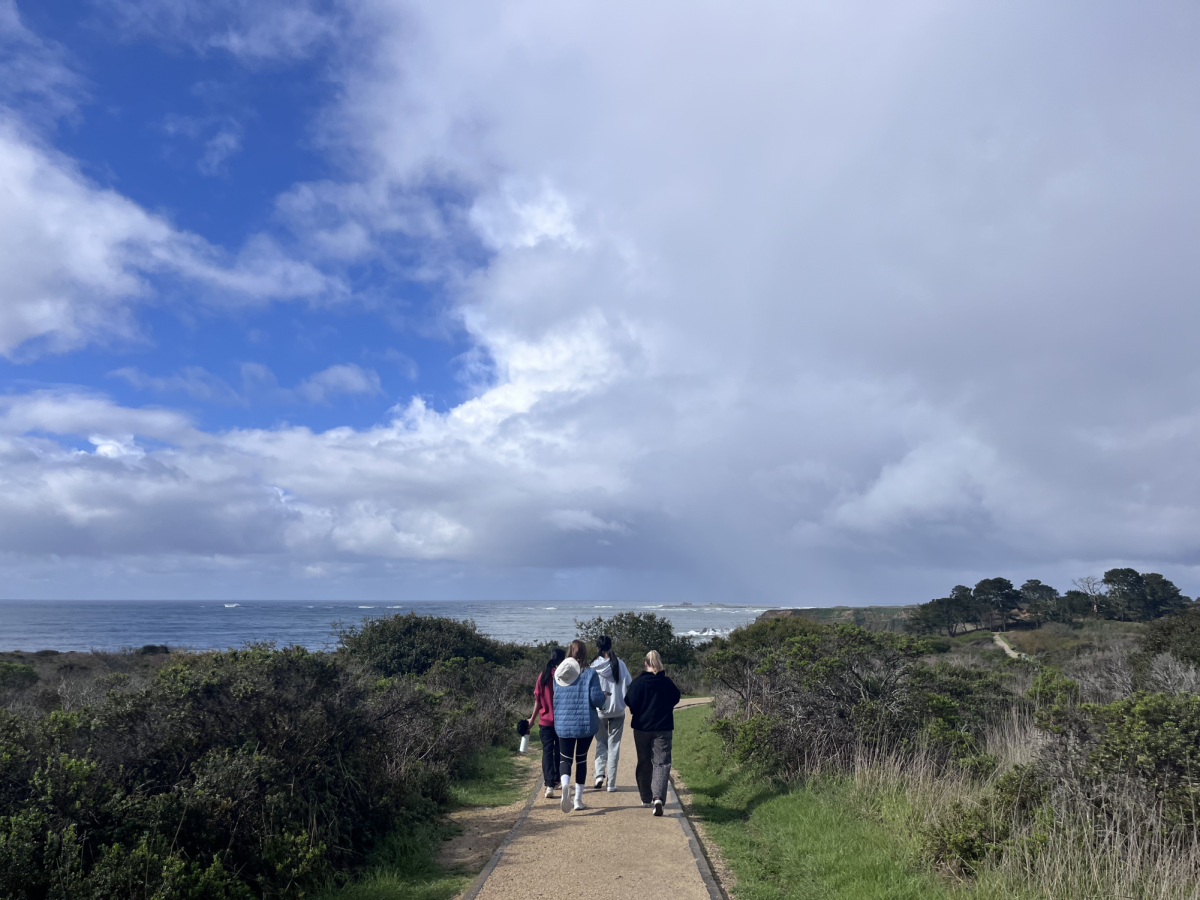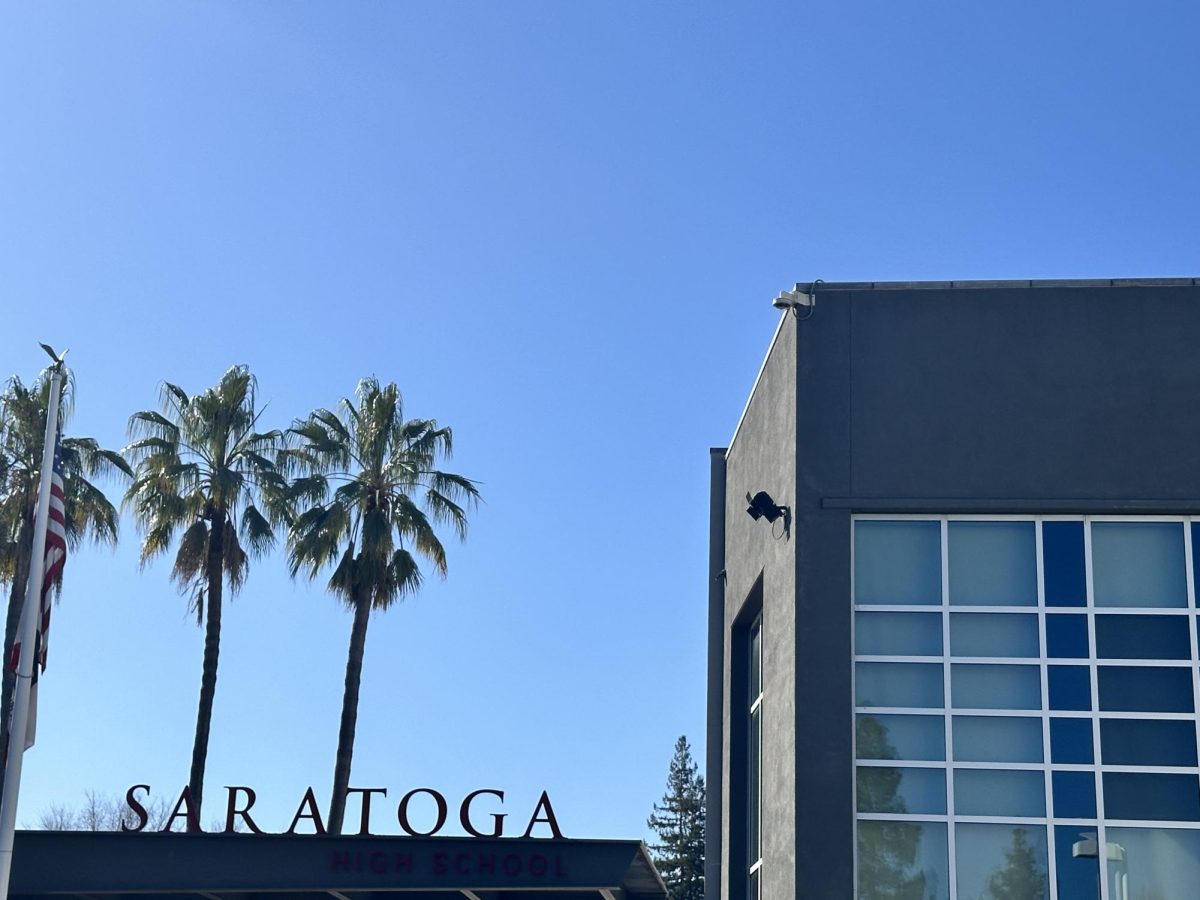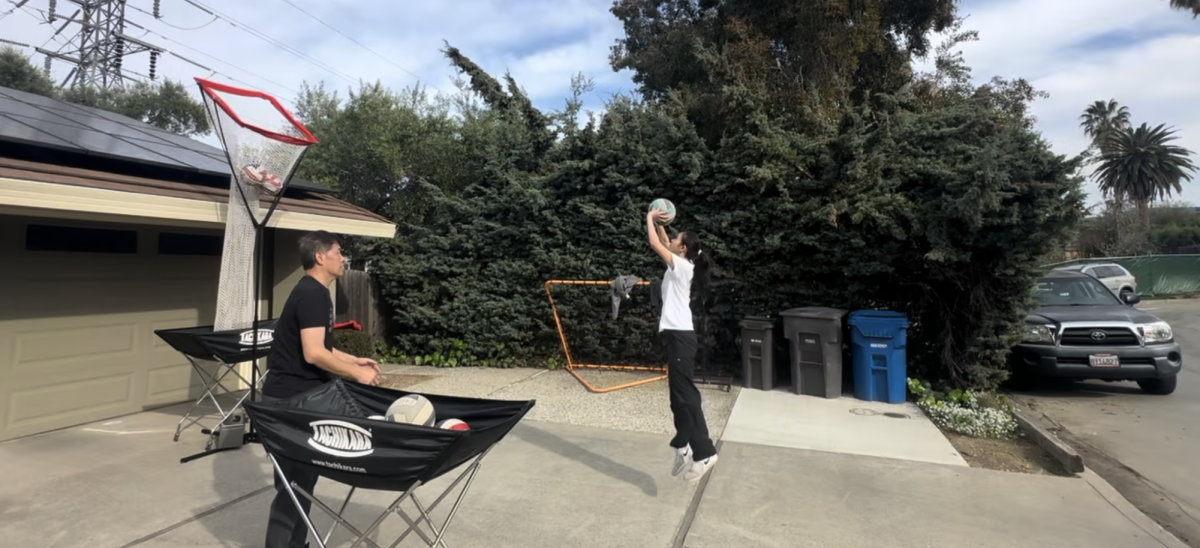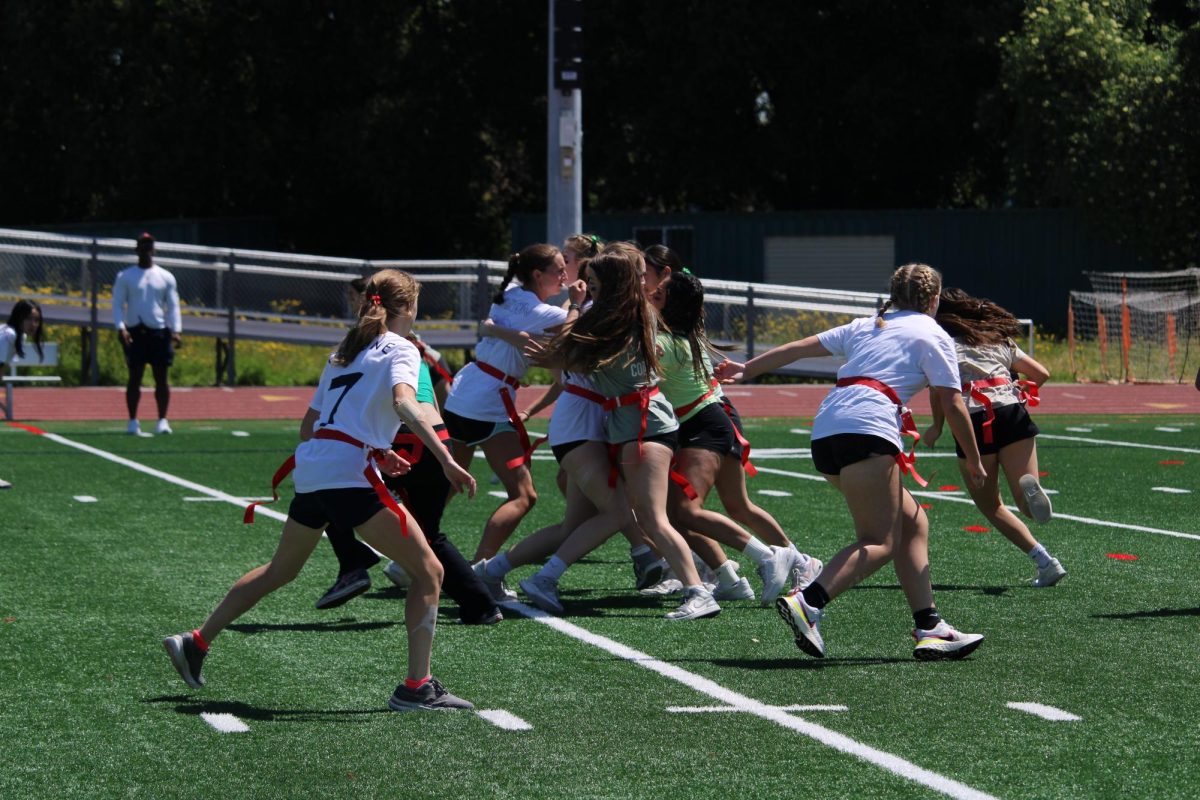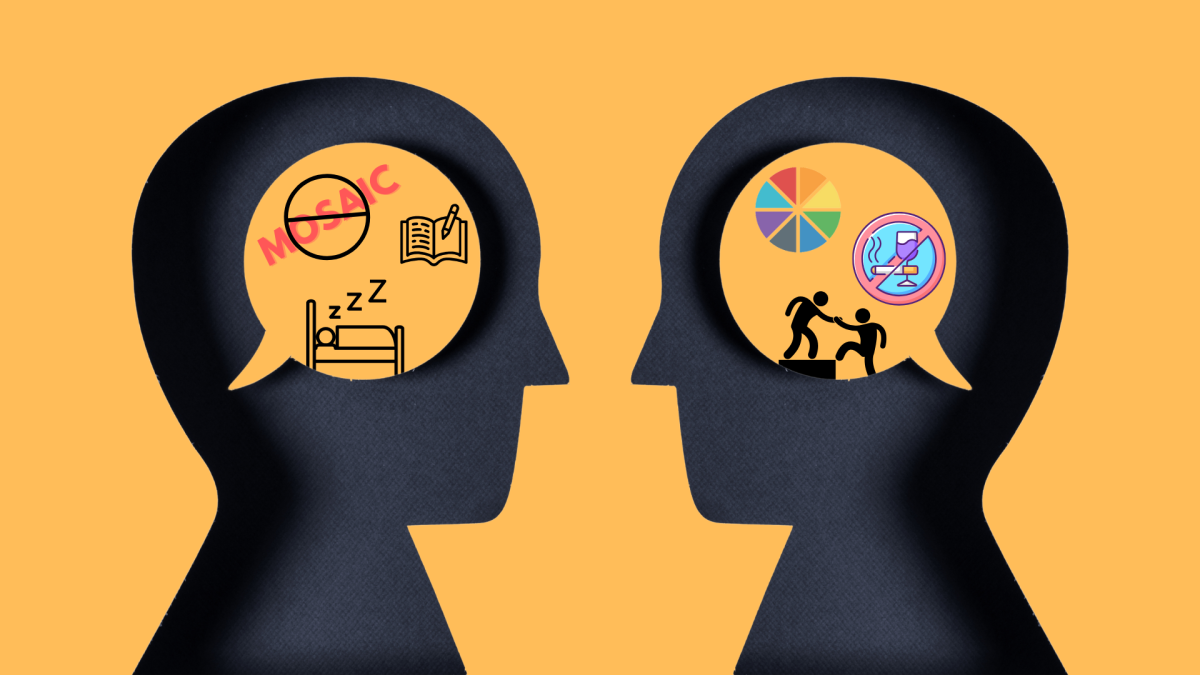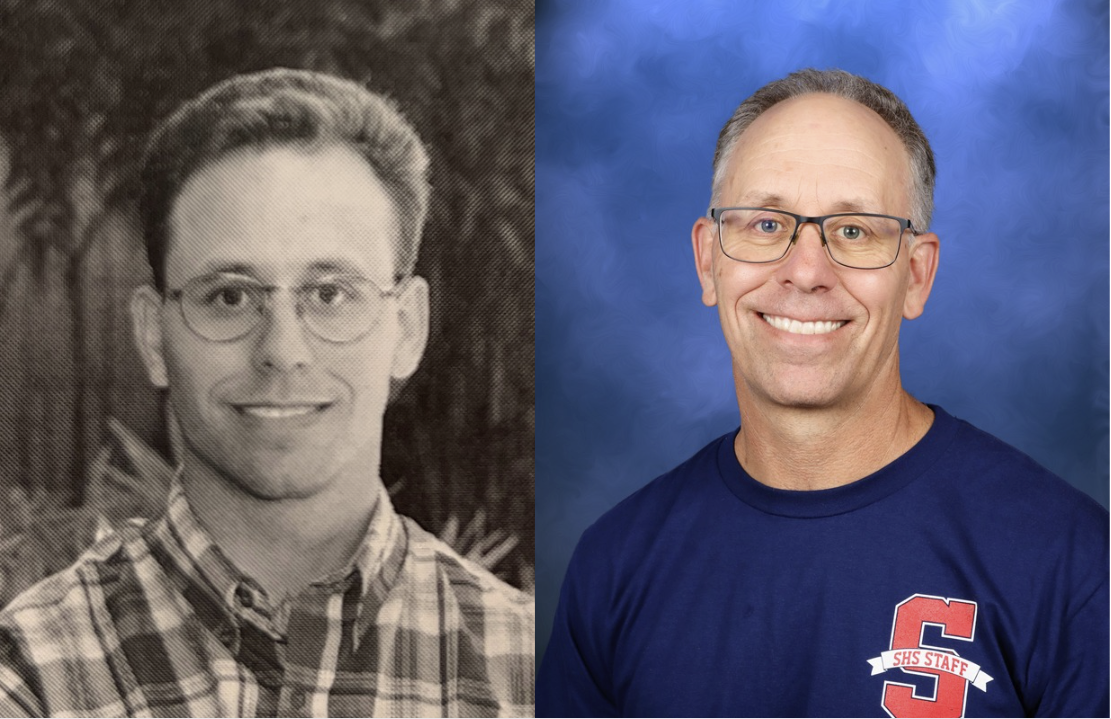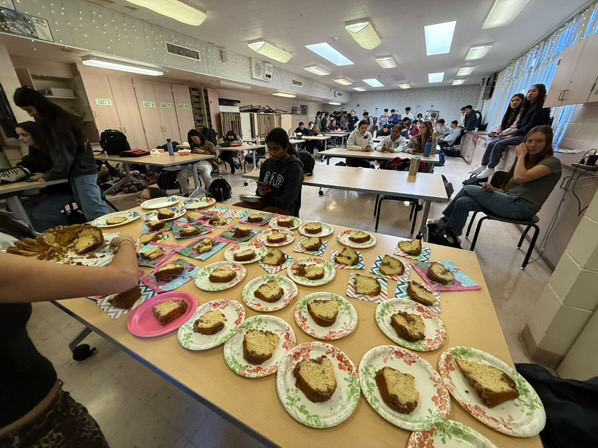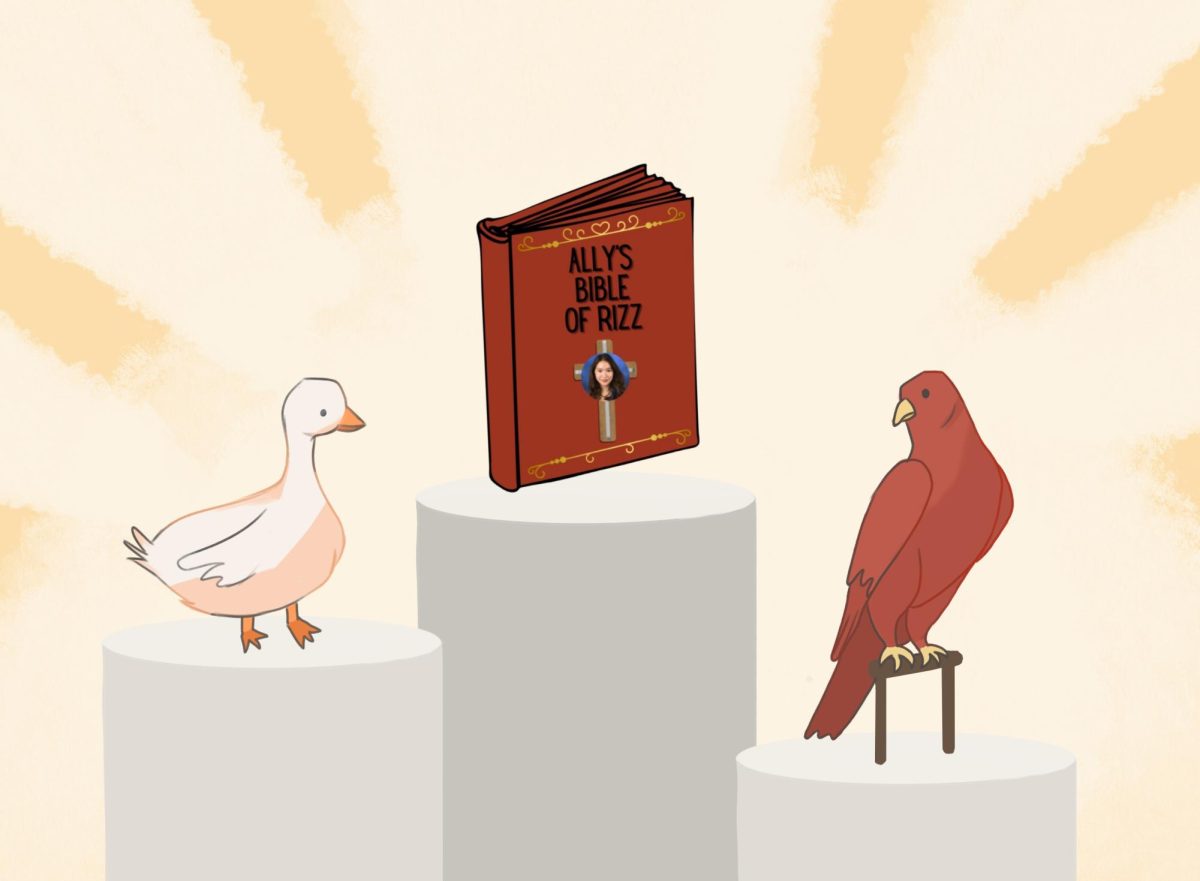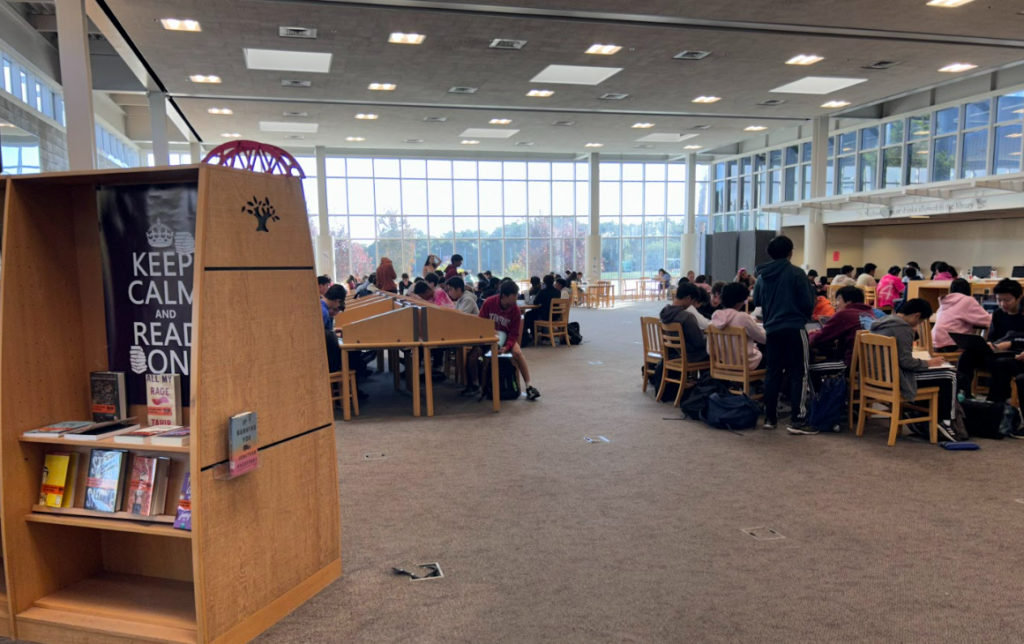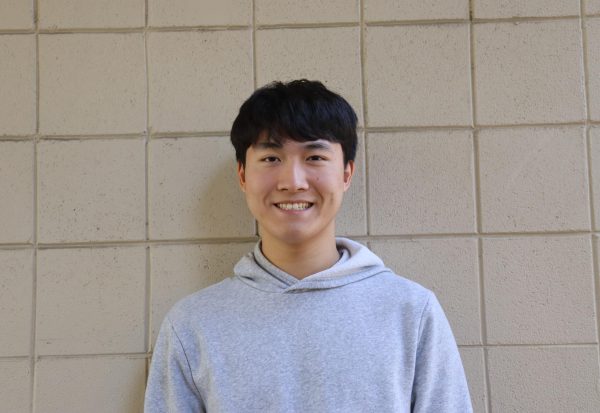In spring of 2020 former librarian Kevin Heyman retired. Since then, district officials have chosen to leave the position vacant. Both teachers and students have complained about this decision, saying they no longer have the same level of guidance and easy access to information for research projects.
The job of a credential librarian is to help students access resources and plan school-wide library programs and maintain research databases, among other duties. For example, the National History Day project for AP US History used to be a major event coordinated by Heyman. In coordination with history teachers, he would offer invaluable advice and direction to students. The loss of a librarian is one reason History Day is no longer a major activity at the school.
Helping fill the void in the library since 2020 has been library technician Lee Tapley, who has been out on medical leave during the fall semester but returned to work on Nov. 13. Despite not being a credentialed librarian, Tapley has assumed many responsibilities since Heyman’s retirement, from helping provide guidance on research projects to checking out books and helping maintain access to the school’s databases.
In addition to Tapley, the library is being staffed by techbook technician Cynthia Cheng. Various substitutes helped maintain the facility while Tapley was out, but hours of operation were reduced this fall as a result of the staffing issues.
Regardless of these short-term problems, the bigger long-term problem is the lack of even a part-time librarian, staff members say.
“A credentialed librarian can run classes in the library,” school resource aide Raquel Kirby said. “Library technicians won’t be able to run a class without a teacher in the library.”
In the past, Heyman ran classes on research and was available to guide students on projects such as History Day. Now teachers, in addition to their regular duties, are the ones teaching lessons on conducting research, avoiding plagiarism and properly citing sources. This adds extra workload to teachers’ duties, and it also means students aren’t getting the latest instruction on conducting college-level research in the digital age.
“English teachers like me could take our classes into the library and [Heyman] would do a whole demo on the various databases and be available as a resource,” English teacher and journalism adviser Michael Tyler said. “As a teacher, I think [a fully functioning library] is a really nice thing to have.”
With a credentialed librarian offering the latest techniques on research, teachers say they could focus more on content instruction specific to their classes.
A credentialed librarian could also help students who are struggling with research projects and give them access to a much more “university-like experience,” AP U.S. History teacher Faith Daly said.
“In college, you go in and you talk to a research librarian or an archivist,” Daly said. “They know the collection and are able to help you get what you want.”
Without an expert on the collections at the library, students go to teachers during tutorials rather than seeking research help in the library. For some teachers, it is hard to simultaneously teach their course material and provide cutting-edge instruction on the research process.
According to assistant principal Mattew Torrens, a major reason the physical library has been gradually less used and the district has viewed the role of a librarian as less vital is due to the digitalization of a lot of the library resources, meaning students are able to access them on their own. JSTOR and EBSCO are currently the primary sources for research-based needs, used by both English and History classes. In the past, however, the library also included a collection of historical newspapers, ebooks and additional databases: ProQuest, Gale and ABC Clio.
Historical newspapers acted as a way to show students how different stories were reported during different centuries. Databases such as Gale were also used to provide students with reference materials rather than simply crowd-soruced ones, according to Daly.
“These databases cost a lot of money to access and so it is a problem to figure out which ones are within the budget. The [credentialed] librarian would make those recommendations,” English teacher Suzanne Herzman said. “It is also now more important than ever to teach students why databases matter and how they differ from simply asking Google or ChatGPT.”
To supplement the lack of online databases, some teachers choose to utilize the physical resources the library still has. Last year, English 11 Honors teachers Natasha Ritchie and Amy Keys brought their students to the library to access physical databases such as the Contemporary Literary Criticisms and Twentieth-Century Literary Criticism series.
As physical books have decreased in importance, the actual use of the library has changed significantly in the past 15 years. Currently, only 151 books are checked out among the thousands available in the library, according to the textbook technician Nada Macesic.
“We used to have meeting rooms where students could collaborate and now they’re collaborating in teacher’s classrooms,” Torrens said. “Little pieces of the library that are no longer used have been removed.”
Unlike Saratoga High, Los Gatos High School does have a credentialed librarian named Liz Olson. Principal Greg Louie said he knows of no plans for the district to hire a full-time or part-time credentialed librarian anytime soon.
When asked about the effect of the school not having a librarian, Daly said, “The overall gap in the quality of research has increased. Students are not reaching the same level as they could as when we had a credentialed librarian.”



